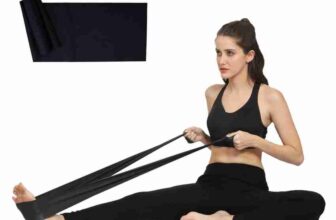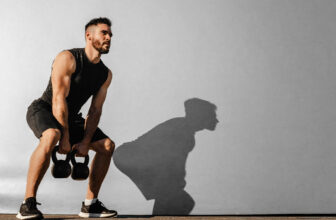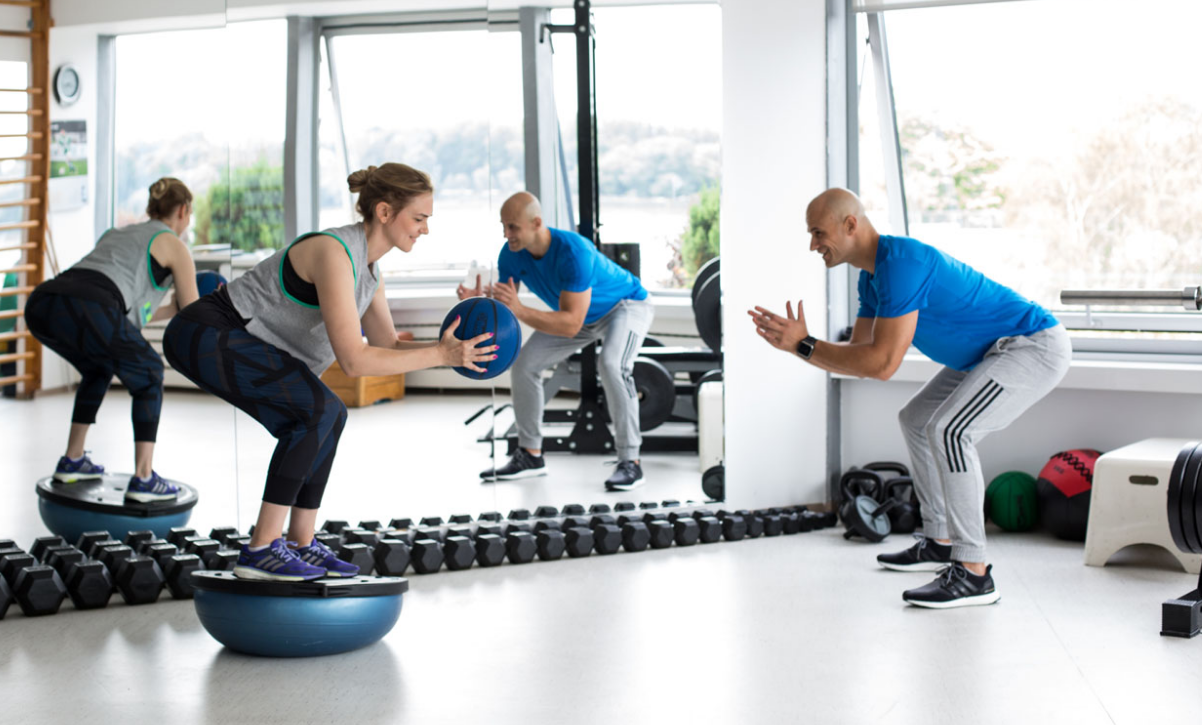
Fitness routines can be intimidating if you’ve never consistently worked out before. Although we always hear about the importance of exercise, that doesn’t make it easy to put into your schedule.
While you don’t have to spend a fortune or acquire an entirely new education to understand fitness, it is important to learn the basics in order to choose the right workout for your body and goals, protect your health and get the most out of your experiences. For more useful information visit this website.
Table of Contents
The Benefits of Exercising
According to the U.S. Department of Health and Human Services’ Physical Activity Guidelines for Americans, 2nd Edition, 80 percent of American adults are not meeting the current physical activity guidelines. These guidelines have been developed by leading experts in the health and wellness field to provide a framework for adults of every age. Regular exercise helps improve mental health, extend your lifespan and lower the risk of many diseases including heart disease, type 2 diabetes and many types of cancer. On a practical note, those who exercise regularly experience better mood stability, higher energy levels and better sleep. Exercise can also be a healthy alternative to unhealthy coping mechanisms like smoking or drinking. There are many types of workouts you can explore, and it’s important to choose activities that resonate with you rather than just do whatever you think you should.
What is a Fitness Journey?
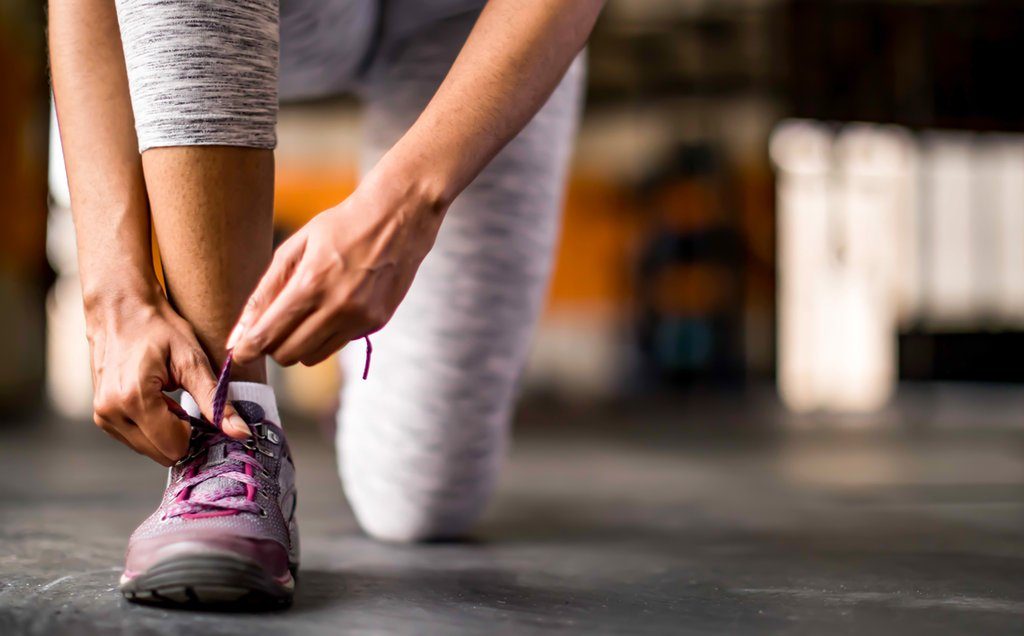
img source: shopify.com
The term fitness journey describes the evolution of your mind and body as you begin to incorporate an activity routine into your daily life. It spans beyond tracking how much you can physically do and embodies all of the mental and emotional changes you may experience as well. Some people start working out because they want to lose weight and live healthier, while others have non-physical reasons that include better stress management, relapse prevention and mental health treatment.
There is no right or wrong reason to begin a fitness journey as long as you have your best interest at heart. When you frame your new endeavors from the perspective of growth, there’s no pressure to immediately perform well or meet any high standards. All you have to do is show up as you are with a willing attitude and see where your efforts take you. There’s no need to be the best athlete or outrank anyone. You’re not aiming for the perfect body or some other ridiculous beauty standard. Instead, you’re doing what feels good and embracing yourself from the inside out by building a strong mind-body connection.
How Many Minutes a Day Should I Exercise?
While adults should get at least a couple of minutes of cardiovascular exercise each week, this might sound like a lot, but if you break it down into 30-minute segments, that equates to approximately four workouts each week. You can even break down 30-minute routines into shorter segments if you struggle to keep active for that long at first. Before you begin a new fitness regime, make sure you talk to your doctor. If it’s been a long time since you exercised or you’re attempting to lose weight, it’s important to get screened for any conditions that might impact your wellbeing. If you have heart disease, asthma or other underlying conditions, your doctor can recommend exercises that are safe for you to perform.
Getting into Shape: The Basics of a Workout Routine
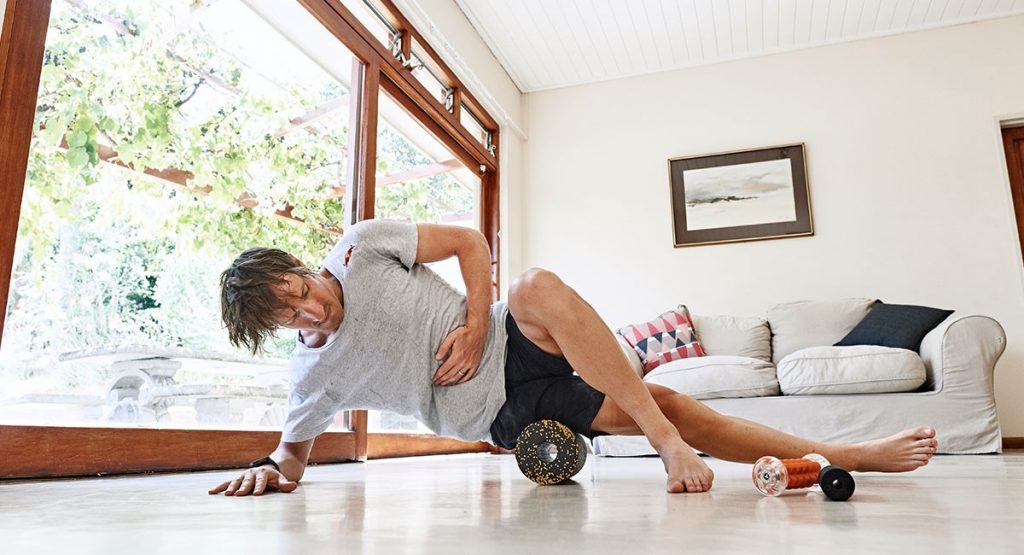
img source: polar.com
A well-rounded fitness routine has three main components:
- Cardiovascular fitness
- Resistance/strength
- Flexibility
Cardio is an aerobic exercise like walking, jogging and dancing. It gets your blood pumping, burns calories and boosts your metabolism. In addition to helping, you ward off cardiovascular disease and other conditions, regular cardio also helps you lose weight, stay in shape and build greater endurance. You’ll find that after a few weeks of regular aerobic exercise, you can walk for longer periods and climb stairs without getting winded easily.
Resistance training involves lifting weights and building greater strength. You should practice this two to three times a week, giving your muscles a day to recover between each session. Slow and steady is key when it comes to strength training, as you should always start small and gradually work your way up. Lifting a strenuous amount and pushing your body too far does not help you build muscle faster. It only increases the strain on your body and increases the risk of injury. Finally, flexibility is achieved through stretching and practices like yoga and Pilates. You should always warm-up and cool down your muscles with stretching routines before and after any cardio or strength training.
Getting the Right Equipment

img source: mayacycle.com
You don’t need equipment to get in shape, but many people enjoy diversifying their routines with various pieces of machinery. Many types of workout equipment also help you work out better than you could just by walking or running alone.
Bikes
Cycling can be done outdoors or inside with a stationary bike. Peloton classes have skyrocketed to fame in the fitness community, and there are many workout classes online. If you’re more into getting outside for your activity, ebikes are on the rise. With DŌST ebikes, they offer 120 miles in a single charge, so you can ride for miles at a time without worrying about becoming overly tired or risking an injury. You may also visit epicbicycles.com.
Treadmills
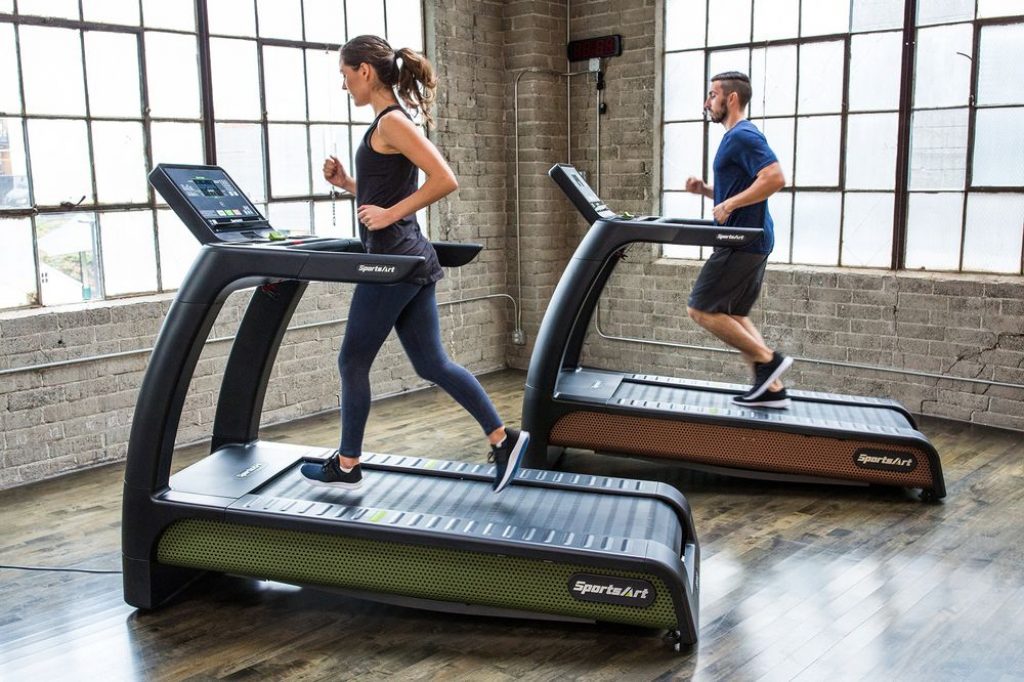
img source: bwbx.io
A treadmill simulates walking, but it allows you to increase the incline and continue your workouts when there is in-climate weather. You can incorporate wrist and ankle weights to really work up a sweat.
Elliptical Trainers
An elliptical machine can be an improvement over a treadmill if you have a bad back or knees. It is just as effective as a treadmill, but it’s low-impact and highly flexible. It also targets multiple muscles at once, so you can get a full-body workout on a single piece of equipment.
Weights and Weight Training Machines
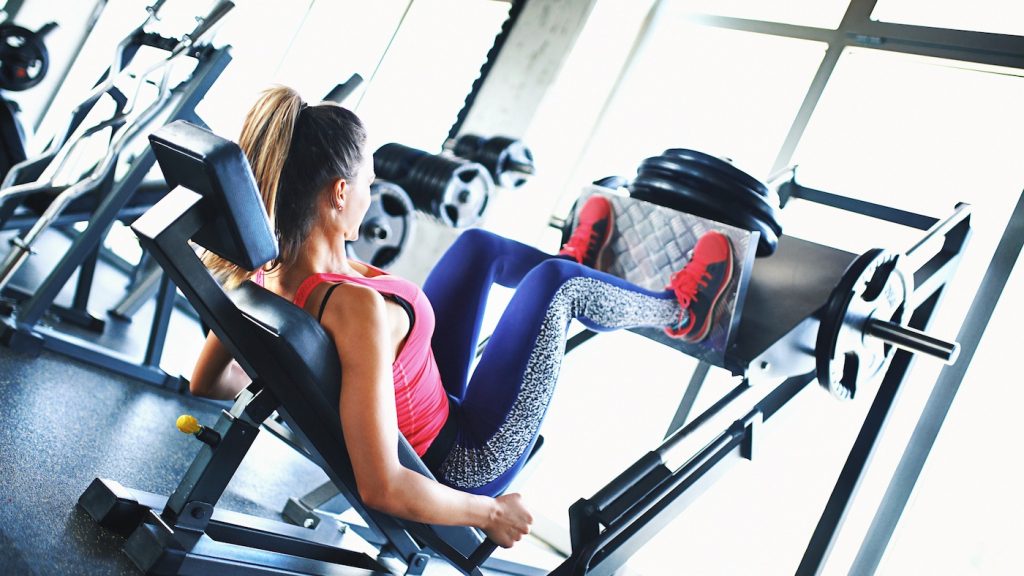
img source:
You should start with a 5-pound weight set and gradually build up from there. Depending on how much muscle you want to build, 5 or 10 pounds might be all you need to use. Weight training machines can provide an all-in-one experience, but they are far more expensive than dumbbells, costing well over $1,000 apiece. They are better suited for those who have a more developed routine and know how to use them properly. As a beginner, it’s best to keep things simple. Avoid splurging on any major investments and focus more on learning how to workout safely and really get in touch with your body.
Workout Accessories
In addition to equipment, you’ll also want to make sure you have the right supplies. These come at a variety of price points, and you can always upgrade later once you learn which types of equipment and accessories you use the most.
- A refillable, steel water bottle
- A high-quality workout mat
- Breathable athletic clothes that fit the body well and do not hang loose
- A jump rope
- Comfortable, supportive workout sneakers




